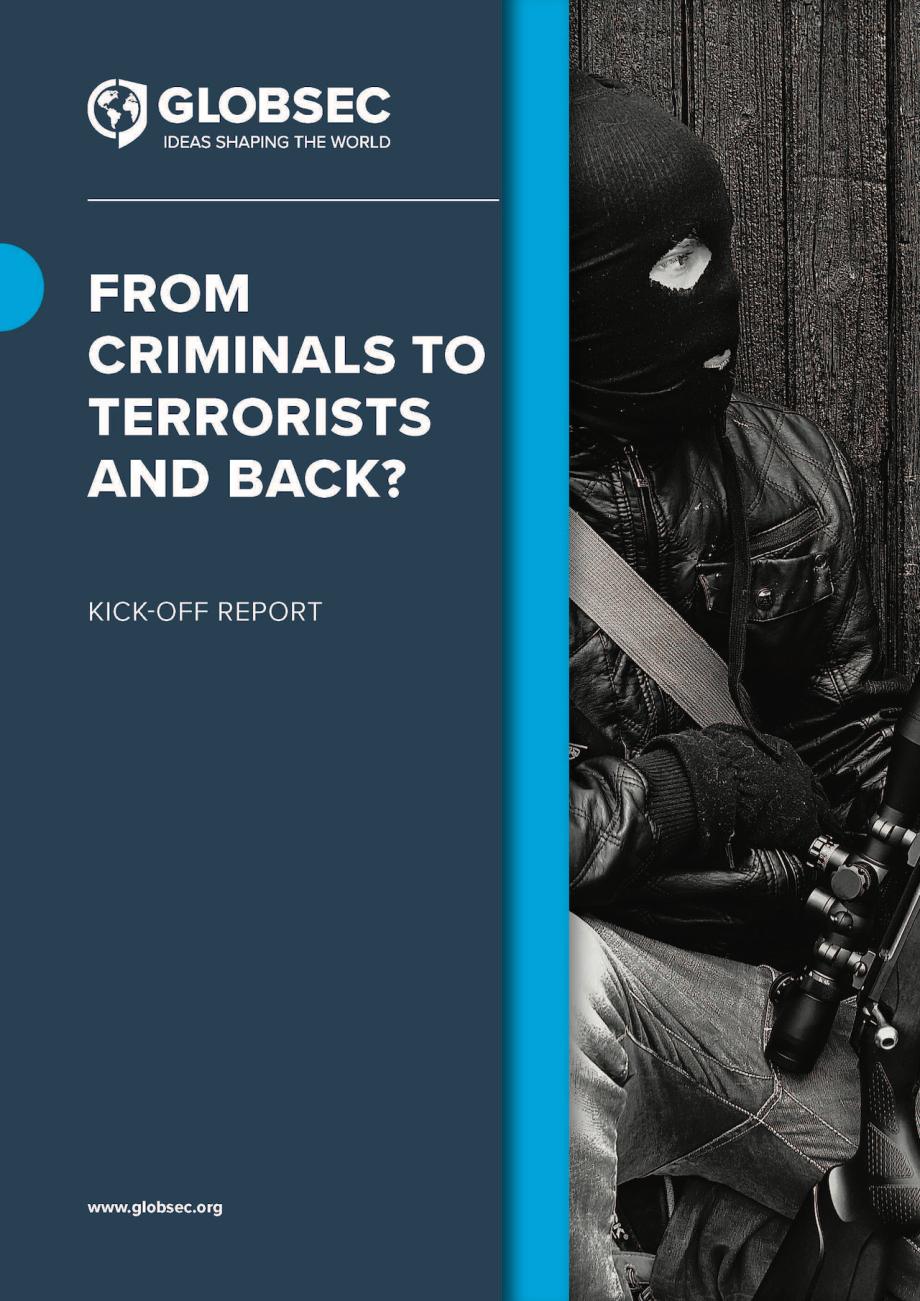From Criminals to Terrorists and Back?

GLOBSEC is proud to present From Criminals to Terrorists and Back?, a report by co-authors Kacper Rekawek, Stanislav Matejka, Martina Babikova, Tomas Nagy and Jakub Rafay. The report is the first in a series of outputs from a two year research project focusing on the existence of the presumed criminal-terrorist (#crimeterror) nexus in Europe. The project is funded under PMI IMPACT, a global grant initiative of Philip Morris International to support projects against illegal trade. GLOBSEC is fully independent in implementing the project and has editorial responsibility for all views and opinions expressed herein.
GLOBSEC is appreciative of earlier efforts to document the existence of the aforementioned nexus. It has also noted the change of focus in studies as experts, policy makers and researchers move away from the "convergence" between criminal and terrorist groups to concentrate on individuals who traverse on the crime-terror continuum between criminal groups and terrorist organisations. GLOBSEC’s current research situates it in the latter camp as it seeks to determine whether the crime-terror nexus actually exists and to investigate which types of criminality are antechambers to terrorism. It specifically focuses on individuals from top 11 terrorism arrestee EU countries who were later convicted of terrorism offences.
The current report outlines some of the preliminary findings on overlaps between criminality and terrorism in the EU and offers readers a snapshot of the terrorist threat facing 11 European countries, namely:
- different European countries (Belgium, to a lesser extent France but also possibly Netherlands and Germany) are faced with the emergent phenomenon of “gangster jihad” which sees almost a natural drift of individuals between criminal and terrorism milieu. Given the numbers of terrorism arrestees who will be leaving prisons in the next three years (especially in France), this phenomenon is likely to become more pronounced and have greater than initially thought consequences for the EU and its Member States
- other countries, also targets of recent jihadi terrorist plots, like Spain, have witnessed the development of long standing crime-terror links which predate the emergence of ISIS connected threat to Europe. At the same time, however, as is the case with the UK, significant numbers of recruits into terrorist organisations do not necessarily follow the crime-terror nexus model
- outlier or “odd-one out” cases of crime-terror nexus(es) also exist around Europe, e.g. in some countries the old, “convergence” between criminal and terrorist organisations might still be holding (Italy), in others the nexus is linked with far-left terrorism and not jihadism (Greece), and finally, there are examples of criminal behaviour virtually taking over terrorist networks and converting them into “ordinary crime” syndicates (Ireland)
You can read and download the Final Report publication here.